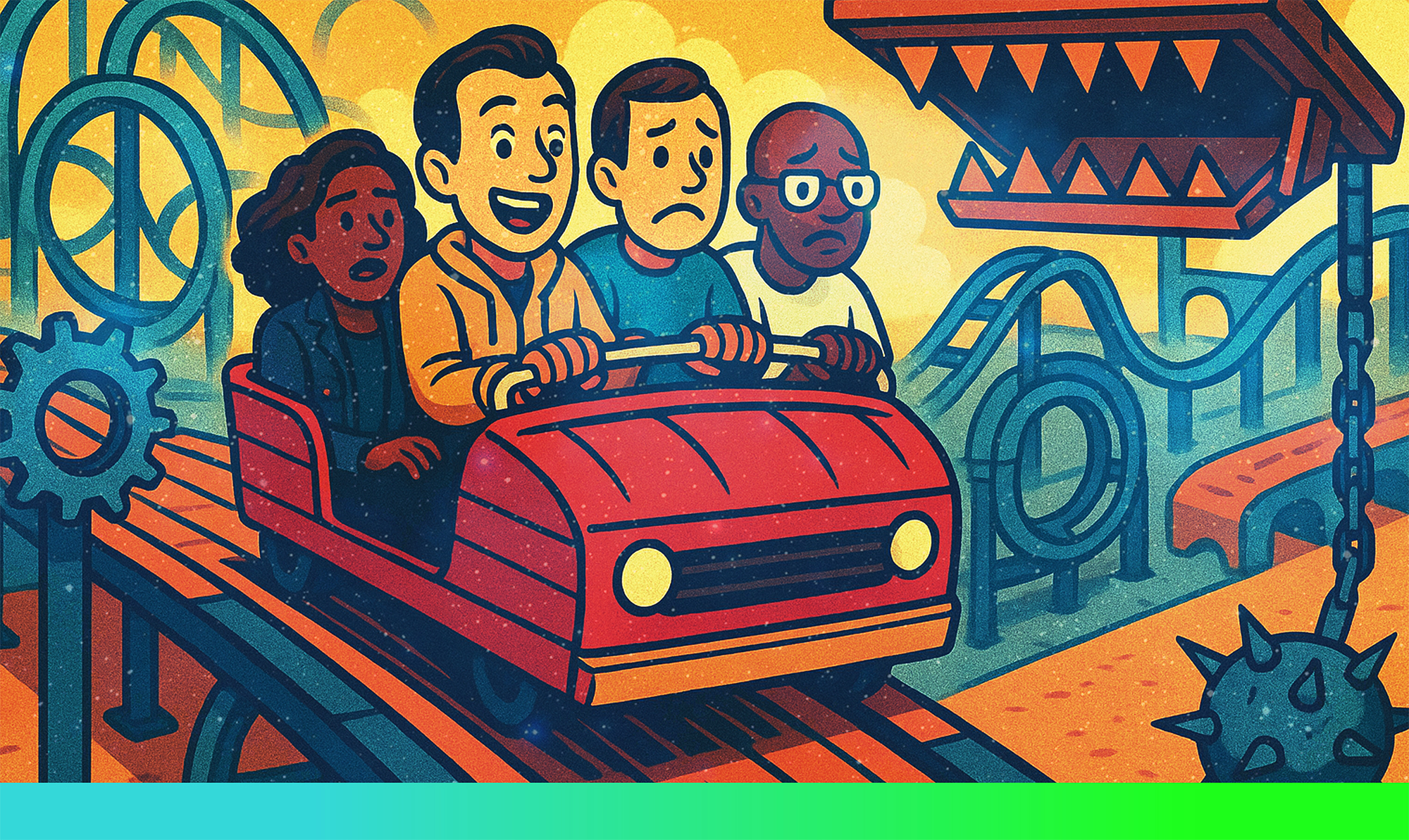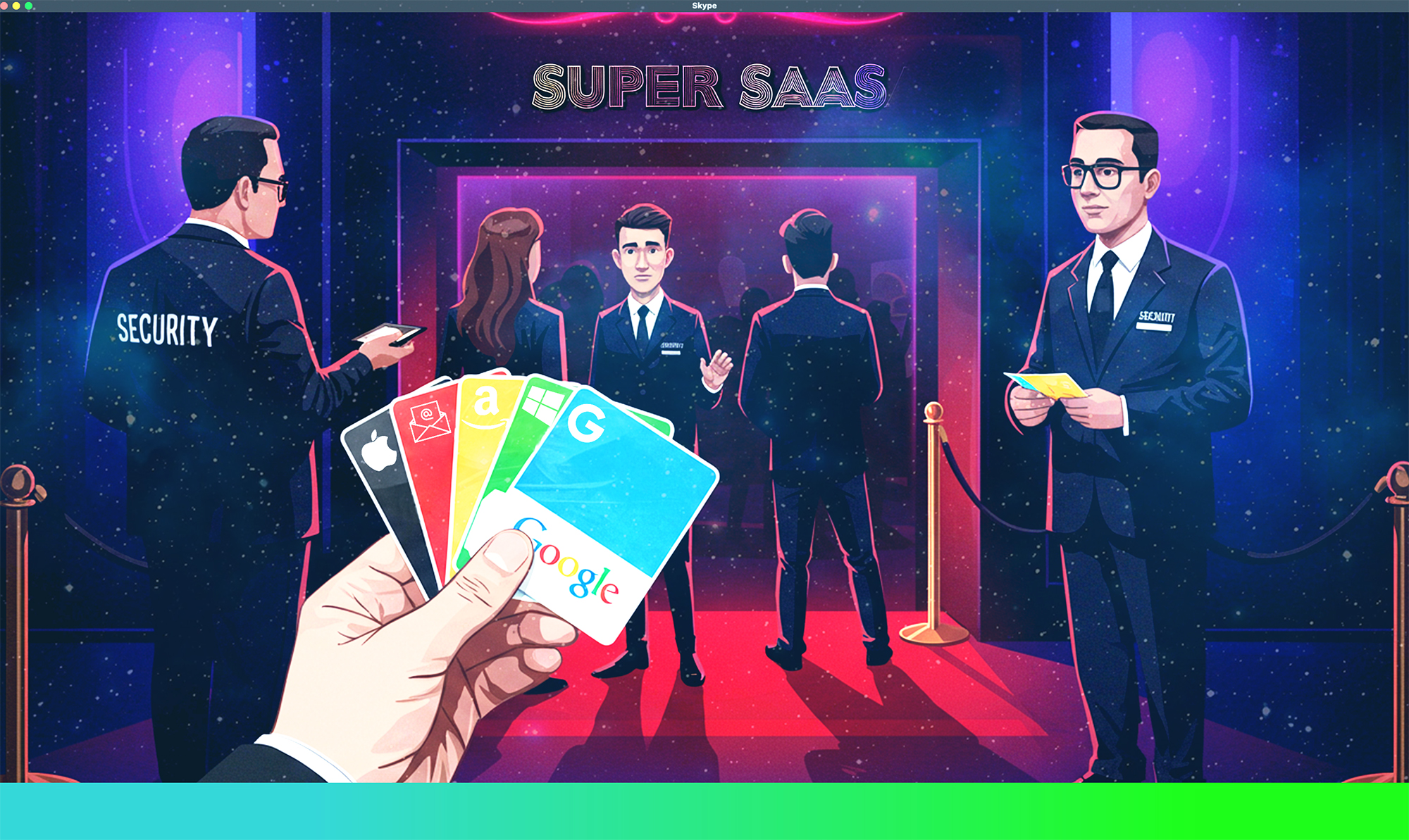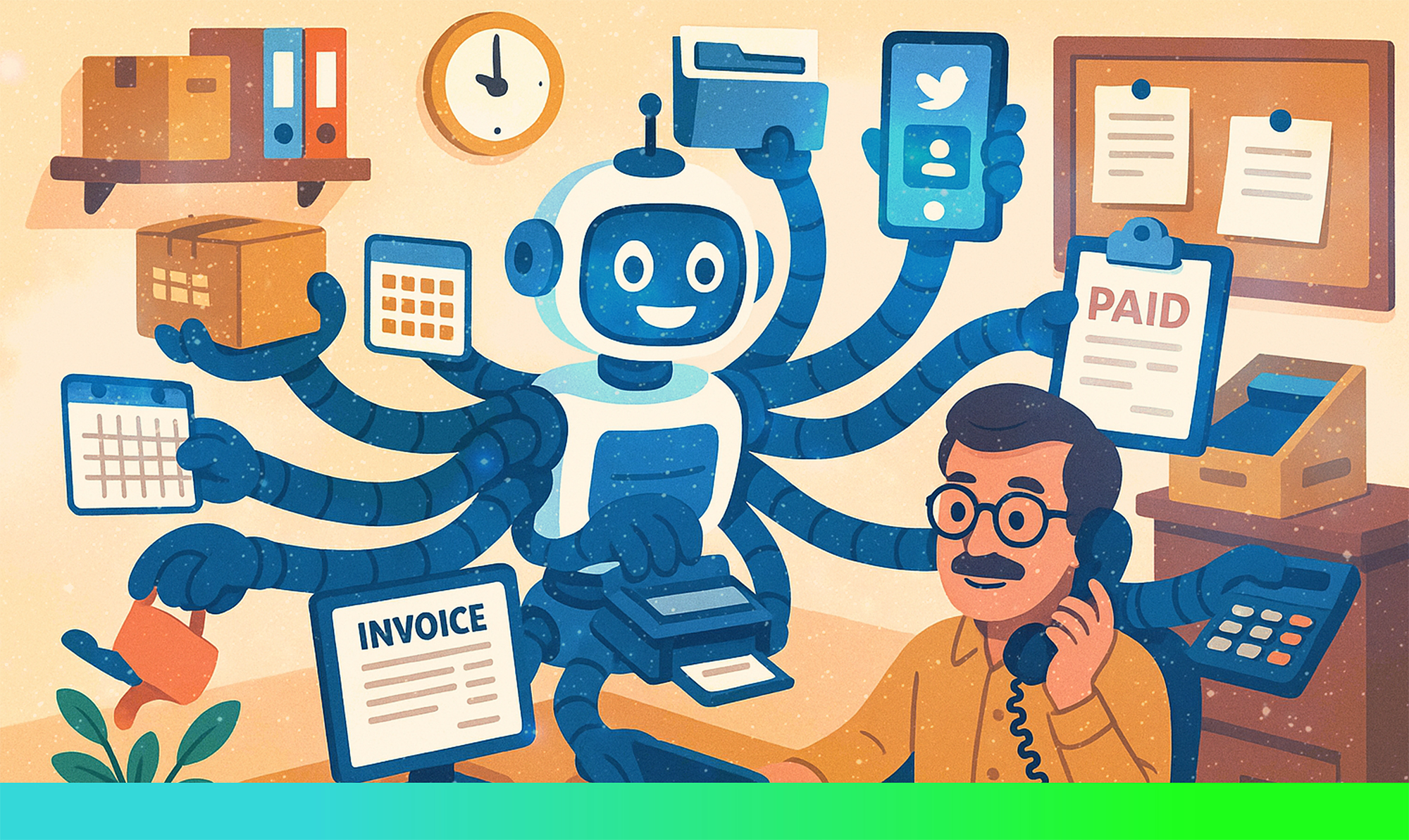
How to Add Advanced Functionality Without Overcomplicating Your Product
Scaling a SaaS business is about more than just adding users—it’s about adding value. AI and Machine Learning (ML) can transform your platform, helping you personalise experiences, automate workflows, and extract deep insights from data.
But let’s be real—many SaaS companies hesitate to implement AI due to concerns about complexity, cost, and technical barriers.
In this guide, we’ll break down how to integrate AI & ML into your SaaS platform seamlessly without overwhelming your tech stack or slowing down growth.
Why AI is No Longer a ‘Nice-to-Have’ in SaaS
Forward-thinking SaaS businesses are leveraging AI to:
✔️ Automate manual processes and reduce operational costs.
✔️ Personalise user experiences and increase engagement.
✔️ Improve predictions and decision-making with real-time data.
✔️ Enhance security with fraud detection and anomaly recognition.
Still think AI is just for tech giants? Think again. With the right approach, scaling SaaS companies can integrate AI without the headache.
5 Ways AI & ML Can Add Advanced Functionality to Your SaaS Product
1. AI-Powered Personalisation: Drive Engagement with Smart Recommendations
One-size-fits-all doesn’t work anymore. Users expect platforms to anticipate their needs and offer personalised recommendations—just like Netflix or Spotify.
How it works:
- AI analyses user behaviour to predict what features they’ll need next.
- ML-driven recommendation engines suggest content, tools, or actions based on usage patterns.
Example: An AI-powered CRM can recommend the best time to follow up with leads based on past interactions.
Result: More engaged users, lower churn, and increased conversion rates.
2. Predictive Analytics: Make Smarter, Data-Driven Decisions
What if you could predict customer churn before it happens? AI can help.
How it works:
ML algorithms analyse historical data to detect patterns.
AI flags users who show signs of disengagement, allowing your team to take action.
Example: A subscription-based SaaS platform can use AI to identify at-risk customers and trigger retention campaigns automatically.
Result: Higher retention rates and better customer lifetime value (LTV).
3. Automated Workflows: Reduce Manual Effort and Scale Faster
Time-consuming, repetitive tasks slow down your growth. AI can automate these processes, freeing up your team to focus on innovation.
How it works:
- AI-powered chatbots handle customer support, responding instantly to FAQs.
- NLP (Natural Language Processing) automates email responses based on intent detection.
- AI-driven invoice processing reduces accounting errors and saves time.
Example: A project management SaaS tool can use AI to auto-prioritise tasks based on urgency and deadlines.
Result: Increased efficiency, reduced operational costs, and faster decision-making.
4. AI-Powered Security: Protect Your Users and Data
As your SaaS platform scales, so does the risk of cyber threats. AI-driven security can detect anomalies and prevent fraud before it’s too late.
How it works:
- AI continuously monitors usage patterns to detect unusual behaviour.
- ML-based fraud detection prevents account takeovers and data breaches.
Example: An AI-powered fintech SaaS can flag suspicious transactions, login access or in real time, preventing fraud.
Result: Better compliance, stronger security, and reduced risk.
5. AI-Powered Search and NLP: Improve User Experience
If your platform deals with large amounts of data or content, AI can enhance search functionality and improve user interactions.
How it works:
- NLP-based search engines understand context, synonyms, and intent, giving users more accurate results.
- I can summarise complex data into easy-to-digest insights.
Example: A legal SaaS platform can use NLP to help users find relevant case studies instantly.
Result: Faster, more intuitive search experiences that keep users engaged.
How to Integrate AI into Your SaaS Platform Without Overcomplicating Things
Start Small & Scale Gradually
Identify the biggest pain point AI can solve (e.g., automation, personalisation, analytics).
Implement AI in a single feature, then expand based on user feedback.
Use Existing AI APIs & Tools
Don’t reinvent the wheel—integrate AI solutions like OpenAI, TensorFlow, Dialogflow, and AWS AI Services to enhance functionality quickly.
Ensure Data Readiness
AI is only as good as the data it learns from. Clean, structured data is key to getting reliable AI insights.
Test & Optimise Continuously
AI models improve over time with real user interactions. Continuously test, refine, and optimise based on user feedback.
Success Story: AI-Powered Recruitment for a Leading HR Pharma SaaS
A Pharmaceutical HR SaaS company (Pharmatalent) struggled with processing thousands of CVs and matching top life science candidates to the right client opportunities.
Their manual process was slow, leading to missed hiring opportunities and inefficient job placements.
Solution: We integrated an AI-driven Natural Language Processing (NLP) system that:
✔️ Automatically read and summarised candidate CVs, reducing manual review time.
✔️ Created candidate profiles based on skillsets, experience, and industry relevance.
✔️ Used AI-powered matching to align candidates with the best-fitting roles.
Results:
- 50% faster candidate screening process
- 35% improvement in client-candidate matching accuracy
- Increased recruiter efficiency, allowing them to focus on relationship-building
AI helped this SaaS company scale its hiring operations without sacrificing quality—delivering better matches, faster hires, and happier clients.
AI & ML aren’t just buzzwords—they’re the next step in SaaS growth.
Whether you want to automate processes, personalise user experiences, or improve security, AI can give your platform the competitive edge it needs.




